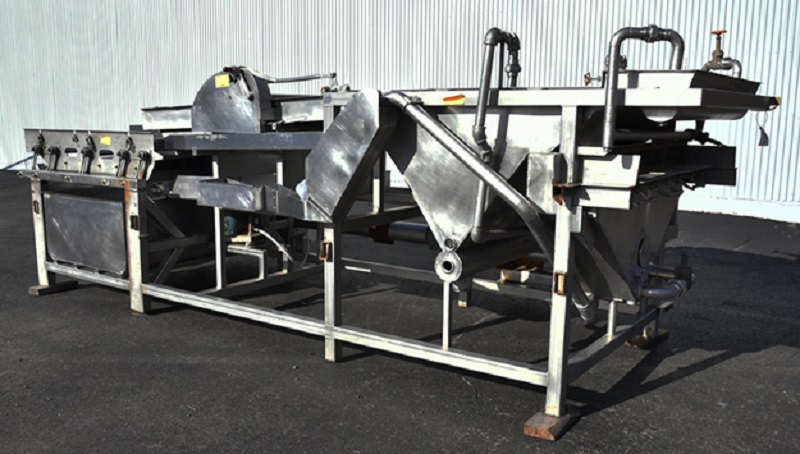In many industrial operations—especially those involving water separation, resource extraction, and mineral processing—the success of daily output heavily depends on the efficiency of the equipment in use. Among these, flotation equipment plays a critical role in separating materials based on their physical and chemical properties. Whether working in mining, wastewater treatment, or material recycling, having the appropriate flotation systems in place can significantly impact not just production rates but also the quality of the final output and overall workplace safety.
At its core, flotation is a method of selectively separating hydrophobic materials from hydrophilic ones. This may sound technical, but the basic concept is simple and incredibly useful. It allows companies to isolate desired materials or remove unwanted substances without excessive mechanical intervention. The method is clean, comparatively energy-efficient, and easily adaptable, making it a preferred choice in many fields.
Enhancing Performance with the Right Equipment Setup
Efficiency is paramount in any operation that runs on tight schedules and strict output requirements. This is where equipment proves its worth. When selected and maintained properly, it helps to speed up separation processes without compromising accuracy. The design and layout of such equipment directly influence how quickly and effectively materials are processed.
It’s not just about choosing machinery; it’s about ensuring compatibility between your existing systems and the flotation unit. From tanks and mixers to aerators and control systems, each part must work in harmony. Inappropriate or poorly integrated equipment can result in delays, material waste, or even mechanical breakdowns. Therefore, thoughtful planning before installation is not just advisable—it’s essential.
Safety, Sustainability, and Environmental Considerations
While performance is crucial, modern industries are also expected to maintain strict safety and environmental standards. Flotation equipment helps achieve this balance. By streamlining the separation process and reducing the need for chemical-based treatments, this technology lessens the environmental footprint of industrial activities. Additionally, many modern systems include features designed to minimise energy consumption and limit material loss.
From a safety standpoint, proper flotation systems help maintain clean work environments by efficiently managing waste and hazardous substances. Accidental spills or exposure can lead to serious consequences, both for employees and the environment. Therefore, using reliable equipment that has been properly tested and installed adds a crucial layer of protection.
Long-Term Value Through Regular Maintenance and Upgrades
No piece of machinery lasts forever without care. Flotation equipment, though often low-maintenance compared to other mechanical systems, still requires regular inspections and servicing. Over time, parts may wear out, and performance may decline—issues that can be costly if ignored.
Establishing a consistent maintenance schedule can extend the equipment’s life and preserve its effectiveness. This includes checking air flow systems, replacing worn materials, and recalibrating settings. Additionally, as technology evolves, equipment upgrades might be necessary to stay in line with industry standards. Staying informed and making timely adjustments ensures that your system continues to meet your business goals.
Adapting to a Range of Applications and Industries
One of the most appealing features of equipment is its versatility. It serves a wide variety of industries, each with its unique demands and challenges. From removing oil in wastewater systems to recovering precious minerals in large-scale mining projects, this equipment proves adaptable in nearly any setting that requires material separation.
Even in smaller operations or pilot projects, compact and portable flotation units are available to meet more limited demands. The flexibility of this technology means it can scale with your business, making it a cost-effective choice whether you’re operating locally or on a global level.
Final Thoughts:
Making the right decision when investing in flotation equipment goes far beyond simple product selection. It involves understanding your process, identifying what you need most—whether that’s speed, accuracy, sustainability, or all three—and planning for the future of your operations. When carefully selected and properly maintained, this equipment becomes an indispensable asset that supports not only productivity but also environmental responsibility and operational safety.
In a world where industrial efficiency and ecological awareness are more important than ever, equipment offers a practical solution that delivers measurable value. From the first stage of design to daily operation and through to maintenance and upgrades, your choice in this area can shape the future of your business in powerful and lasting ways.

